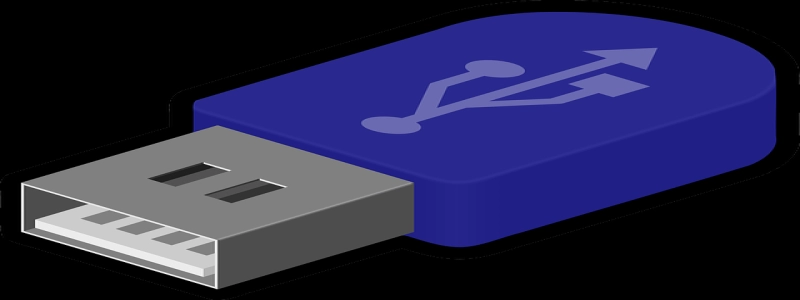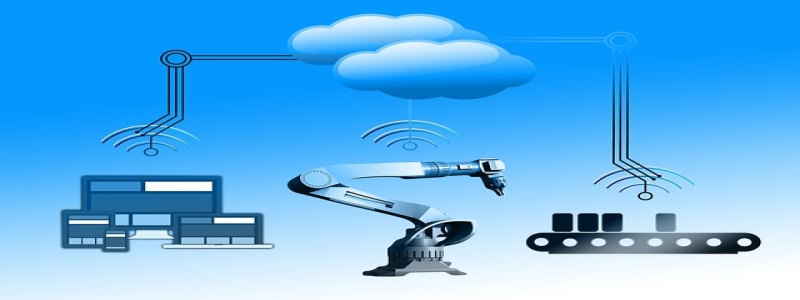400g Transceivers: A Revolution in Data Transmission
I. Introduction
Advancements in data communication technologies have brought about a need for faster and more efficient network equipment. In recent years, the demand for higher data rates has led to the emergence of 400g transceivers. This article will explore the features and benefits of these cutting-edge devices, and their potential impact on various industries.
II. What are 400g Transceivers?
A. Definition
400g transceivers are high-speed optical modules used in networking equipment to transmit and receive data at a rate of 400 gigabits per second. They are designed to meet the increasing demand for bandwidth and are capable of supporting higher data rates than their predecessors.
B. Key Features
1. Higher Data Rate: 400g transceivers offer a significant increase in data transmission speed, enabling the transfer of large volumes of data in a shorter amount of time.
2. Compact Size: These transceivers are built with advanced technology and are smaller in size compared to their predecessors. This allows for more efficient use of space within networking equipment.
3. Low Power Consumption: Despite their higher data rates, 400g transceivers are designed to be energy-efficient, resulting in reduced power consumption and lower operational costs.
4. Multi-Protocol Support: These transceivers support various networking protocols, making them compatible with a wide range of devices and applications.
III. Application Areas
A. Data Centers
1. Cloud Computing: With the increasing adoption of cloud computing, data centers require high-speed connectivity to support the transfer of massive amounts of data. 400g transceivers enable faster data transfers, enhancing the overall performance of cloud services.
2. Big Data Analysis: The analysis of large datasets requires rapid data transmission. 400g transceivers facilitate faster data transfer, enabling quicker analysis and decision-making processes.
3. Virtualization: Virtualized environments demand fast and reliable interconnectivity between virtual machines. 400g transceivers provide the necessary speed and bandwidth to support these virtualized environments.
B. Telecommunication Networks
1. 5G Networks: The deployment of 5G networks requires faster networking equipment to handle the increased data traffic. 400g transceivers enable seamless data transmission, supporting the demands of 5G networks.
2. Internet Service Providers: ISPs need high-speed networking equipment to offer high-bandwidth internet connections to their customers. 400g transceivers enable ISPs to deliver faster and more reliable internet services.
IV. Future Trends and Challenges
A. Future Development
1. Higher Data Rates: The demand for faster communication continues to rise, suggesting that even higher data rates will be required in the future. The development of 800g transceivers is already underway.
2. Enhanced Connectivity: Efforts are being made to improve the connectivity options of 400g transceivers, such as the development of next-generation optical fibers.
B. Challenges
1. Cost: The development and implementation of 400g transceivers can be costly, which may limit their adoption in certain industries.
2. Compatibility: Upgrading existing network infrastructure to support 400g transceivers may be a challenge. Ensuring compatibility with older networking equipment will be essential.
V. Conclusion
400g transceivers represent a revolution in data transmission, offering higher data rates, compact size, and low power consumption. These devices have the potential to greatly impact industries such as data centers and telecommunication networks, enabling faster data transfers and supporting the demands of emerging technologies. Nonetheless, future developments and compatibility challenges need to be addressed to maximize the potential of 400g transceivers.







